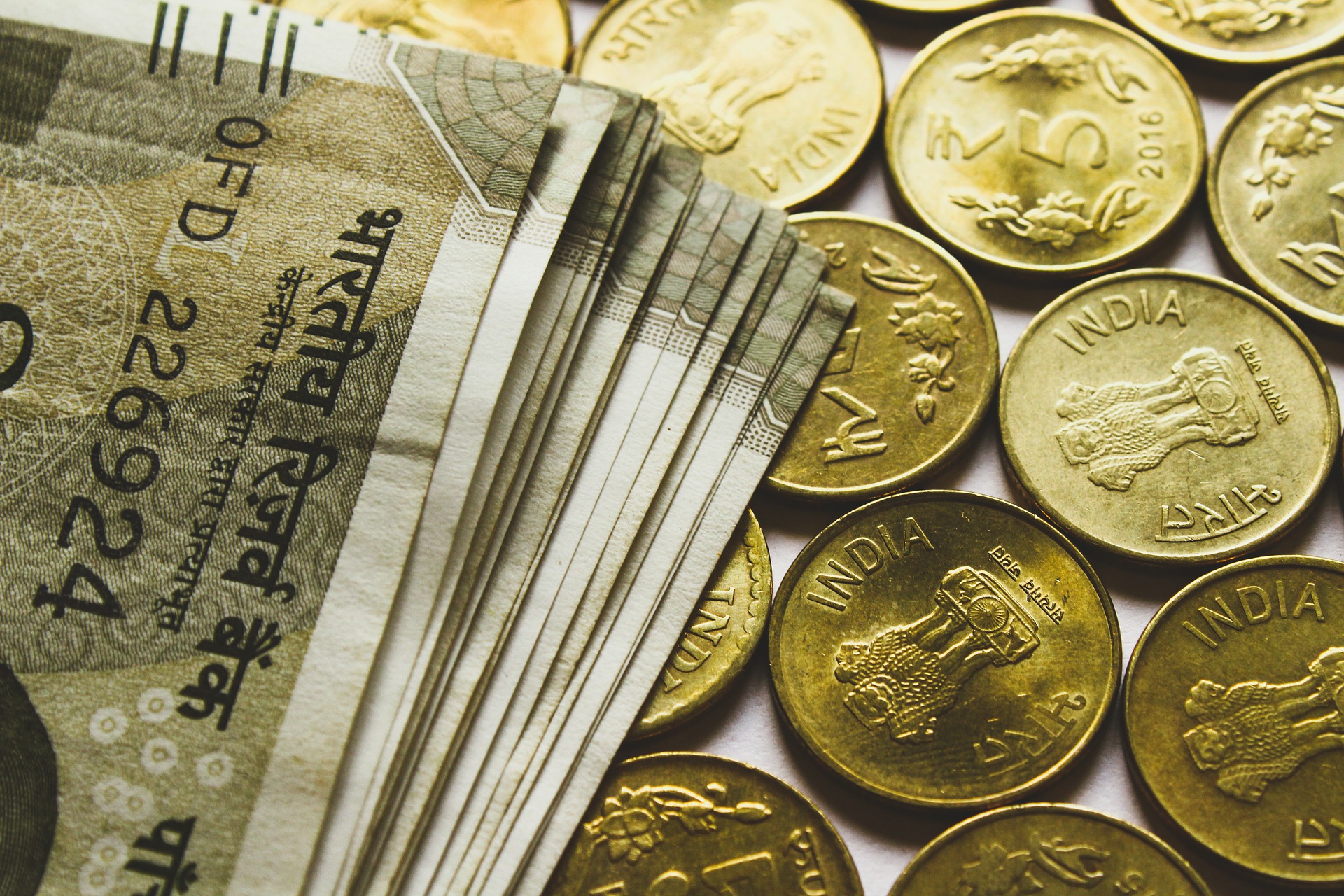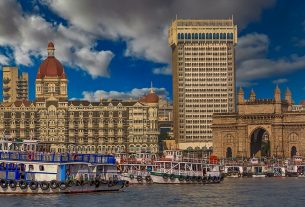Recent equity market volatility has sparked debate among investors as to whether the pendulum has swung from decoupling to recoupling. A few days of brutal market action was enough to turn the tide and the debate turned from decoupling to recoupling for India within days.
The fatal blow to the decoupling debate came as the Fed turned more hawkish at its latest monetary policy meeting, planning much longer rate hikes over the next few months to fight inflation. After that meeting, global equities fell, government bond yields rose, and the dollar index rose. The global crisis did not stop at the Indian markets either. Fed fears had cut Nifty by around 4% in just a few trading sessions, causing severe collateral damage to the currency and Gsec’s yield. The Indian rupee broke through the long-standing support level of 80 and moved closer to 82, while the yield of the 10-year Gsec rose more than 15 basis points. This puts an end to the debate on decoupling.
Until that meeting, India stood out as an oasis in the desert as its markets rallied amid a slump in global stocks. This helped Indian markets to outperform major global indices. During the period from early August to mid-September (ending September 16), Nifty rose more than 2% while the MSCI EM index fell more than 4.0%. This is an astonishing outperformance of over 6%. The outperformance was significant even against the MSCI World Index, which fell more than 4.9%. Looking at another data point, the Nifty is up more than 11% from June lows (through mid-September), while the Dow was slightly negative. All around, India has charted its own course amid the global recession.
Many were quick to label this period as the era of “decoupling” for India, rationalizing it with the ample ammunition coming from favorable geopolitics, the tailwinds of global supply chain diversification, the reversal of the profit cycle induced by domestic demand, etc.
Bear cycle or bull cycle, it is usually the developed markets, especially the dominant US market and emerging markets (EM) that take this route seriously. It is very unusual for an emerging market to deviate and break out of this rhythm. This was also the case for India in many rounds. It’s hard for anyone to remember a single cycle where they were different. It was always closely tied to what was going on in the whole EM basket. But this cycle looked different. Although tightly coupled with the start of the current bear cycle, the Indian market appears to have retreated since August to chart its own course until at least mid-August.
Was this decoupling real or will the markets decouple again soon? This question occupied many investors until last week. Now that the clock is ticking towards the end of September, that’s no longer a debate. The markets appeared to have firmly decided this issue as Nifty caught up with the rest of the global markets in the crisis.
Investors should maintain a balanced outlook in these turbulent times for the markets. While India’s macroeconomic situation is a relative sweet spot for global investors, with an attractive growth cycle, stable foreign exchange reserves and a superior external debt profile (external debt in dollars at 19.9% of GDP , with long-term paper accounting for 80.4% of total external debt), it is faced with global interconnections and the fallout from Fed tightening, it is difficult for any emerging country to differentiate itself and shine in the short term. Thus, when the global macroeconomies are going through difficult times, it is not easy for a large economy to decouple permanently.
From this perspective, it is prudent for investors to expect near-term volatility, although from a political, geostrategic and market perspective, India may still be a relatively sweet spot for investors. in the medium term. What he assures is that once the short-term volatility is digested and overcome, India could return very strongly to outperform global and emerging markets. Given this strong medium-term outlook, investors should benefit from near-term volatility and any corrections.
Read more here.




